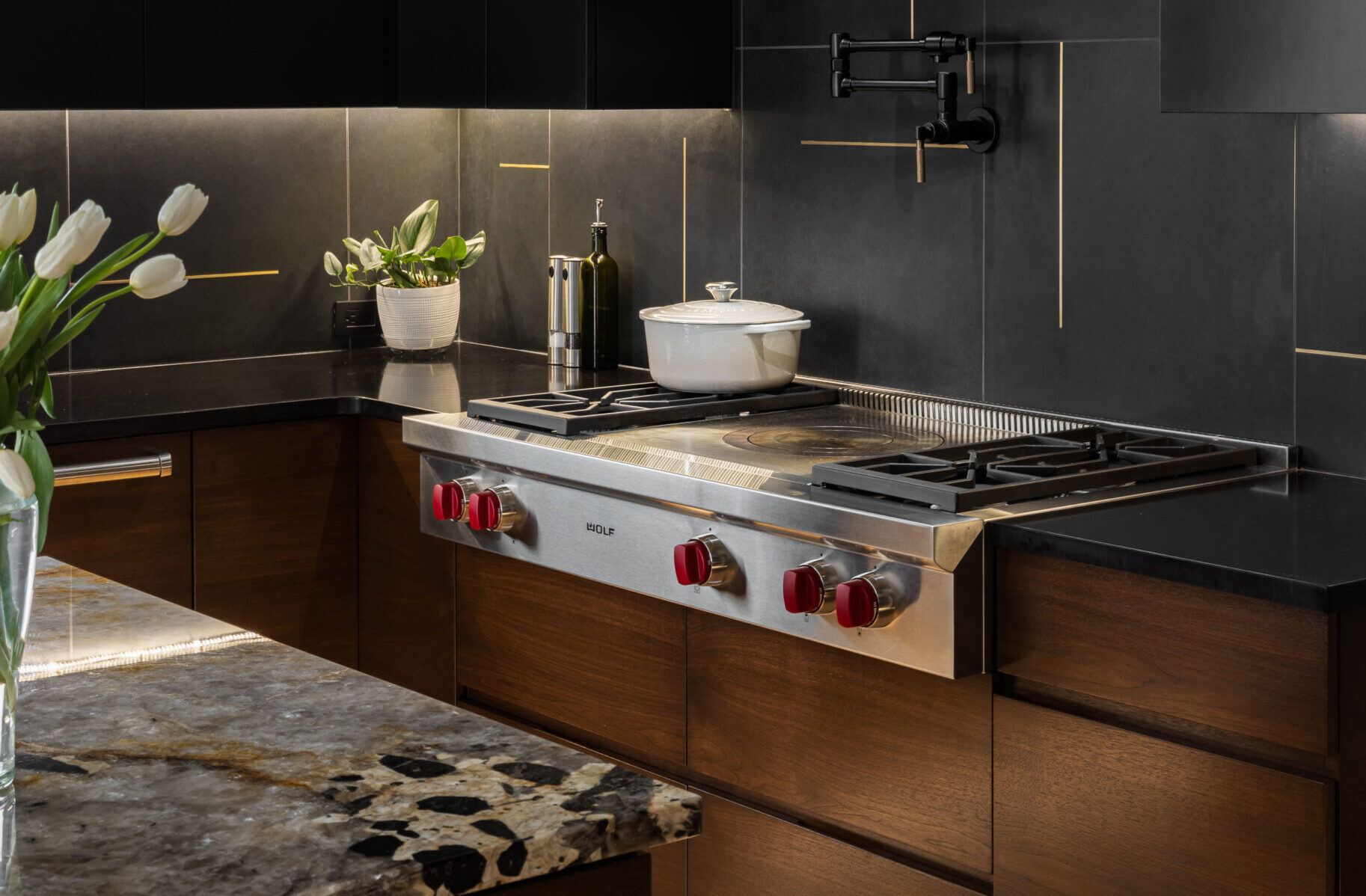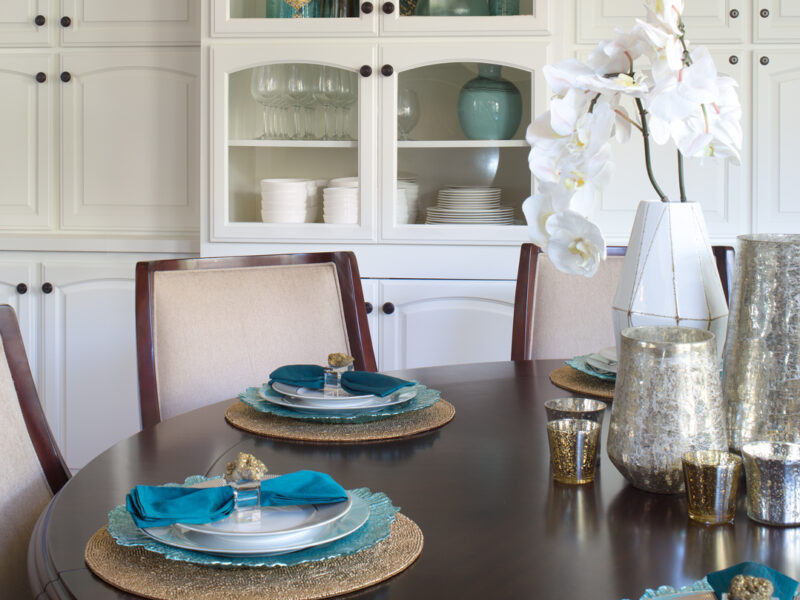
Turn Your Interior Designs into Tax Deductions
Understanding Capital Improvements (Home Improvement Tax Deductions)
Capital improvements are permanent upgrades, adaptations or enhancements that improve your property and increase your home’s value. In order for your interior design project to be labeled a capital improvement, the IRS says it must meet the following conditions:
- The improvement substantially adds value to your home.
- The improvement prolongs the useful life of the property.
- The improvement is permanent.
Examples of Home Improvement Deductions
- Energy-Efficiency Improvements: If your project includes energy-efficient upgrades, such as new windows, insulation, high-efficiency HVAC system or a new heat pump, you may be eligible for tax credits or deductions up to $2,000! You will also find savings in your monthly energy bill with these improvements.
- Medical Necessity: Aging in place means updating your current home to make life easier as you age. If you or your spouse’s medical needs require interior modifications, such as installing a wheelchair ramp or modifying bathrooms for accessibility, the expenses related to them could be deducted as medical expenses.
- Home Office Deduction: In an age where remote work is becoming increasingly common, more and more of us are converting spaces into home offices. Many expenses related to creating a home office, including the design of it, can be deducted if they meet the IRS’s criteria for a home office deduction.
- Home Resale Value: If your renovation project will increase your home’s resale value, you may be able to deduct some of the costs. This can include renovating kitchens, bathrooms, or adding additional rooms that make your home more appealing to potential buyers.
Documenting Your Expenses:
- Keep all receipts, invoices, and contracts related to the project
- Take and keep before and after photos
- Use custom shelving to provide a beautiful place for our client’s books and personal items
- Use comfortable and lush seating so our client has options for where she wants to read
- Create a gallery wall to pay respect to our client’s ancestors
By understanding the various deductions available for home improvement projects, you can transform your interior design endeavors into legitimate write-offs. If you’re considering a home design project, be sure to ask a tax professional to explore deductions that could save money while living in your newly designed home.




